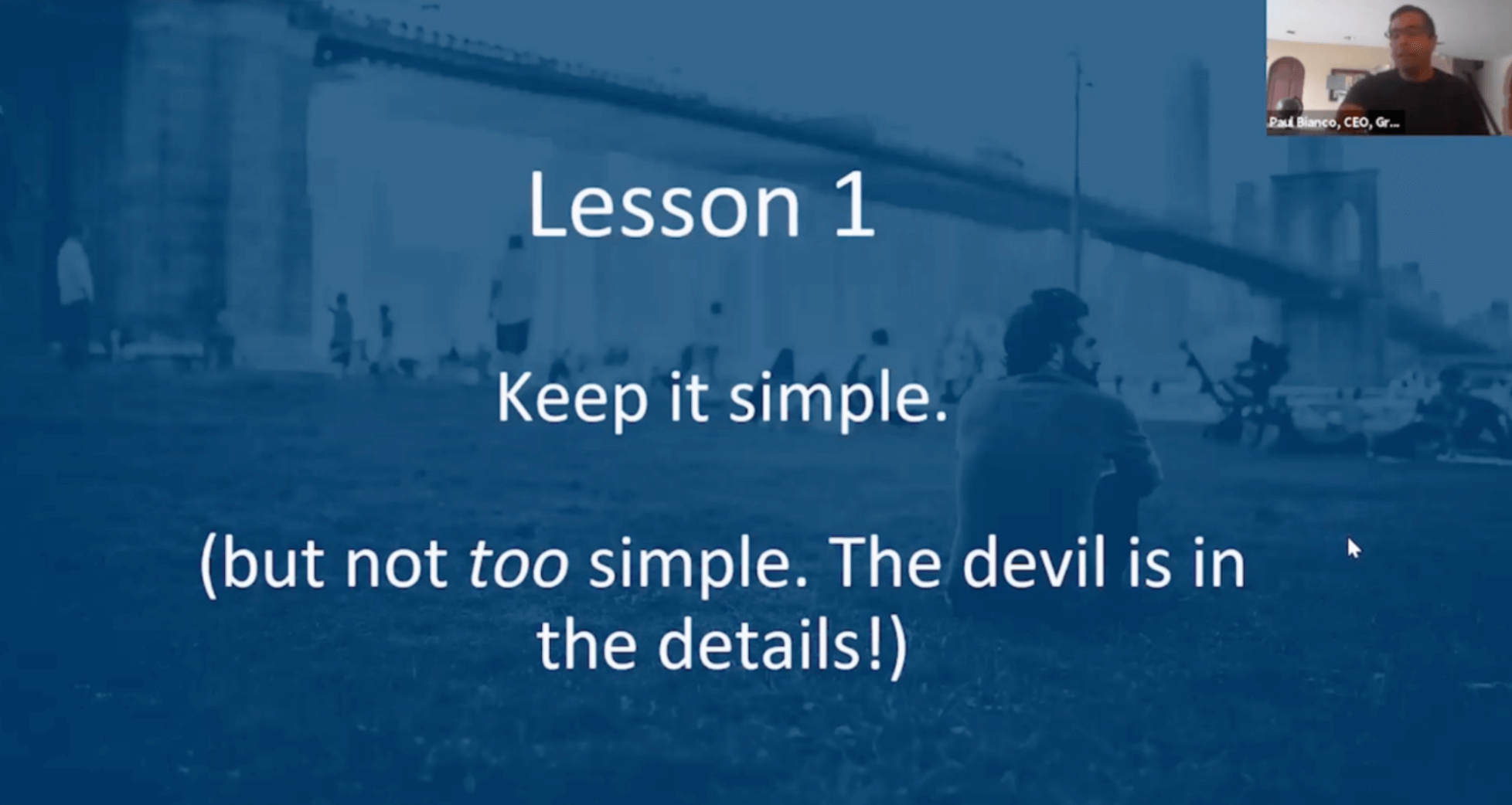How to Build a SaaS Focused Financial Model
A how to guide on building a SaaS focused financial model to use for fundraising, growth and scaling your startup.
Updated 2022
Read below or follow along to our video workshop here.
Some call it a budget. Some call it a forecast. Some call it a business model or financial model. We call it essential to landing the capital you need and growing your business.
For Software as a Service (SaaS) startups, the process of building a financial model can be overwhelming. Which is why we wanted to break down the essentials below to help you get started!
What is a SaaS business model, anyway?
Before we start building a SaaS model, let’s talk about what it is and why it’s so important.
Typically built in Excel, a SaaS business model (sometimes called a financial model) is the record of truth for everything (both financial and relevant non-financial) that has happened in your business so far, as well as projections for what you think is going to happen down the road.
Financial models are used to forecast a company’s financial performance and are key decision-making tools for investors.
What information is needed in a SaaS financial model?
Typically, SaaS models include financial performance data such as balance sheets, income, and cash flow statements as well as sections on assumptions and drivers.
Strong financial models start with accurate historical information. They should include at least the last year’s worth of historical information. Too many startups only show the future, which can be a problem for potential investors. Your plan needs to be a detailed instruction manual on how you plan to make your projected numbers a reality, and past performance is a key part of justifying that.
How do I build a SaaS financial model?
Now that we have laid the groundwork for your financial model, let’s walk through the steps of building one.
Graphite has helped many startups with their SaaS financial models, and along the way we have identified three key lessons that can help you begin the process of creating your own model.
Lesson 1: Keep it simple. (But not too simple).
We get it, building your first financial model is intimidating. You are probably well aware of how important the model is to investors, and you want to make sure you’re getting your vision and value across.
When building financial models, we often go back to the old K.I.S.S. acronym. We’ve changed it a bit for our purposes:
Keep
It
Simple
SaaS Startups.
SaaS startups often try to do too much with their financial model, which can be a costly mistake. A financial model must do many things, so it’s very easy to include more information than investors actually need. Err on the side of simplicity by including relevant data and projections that are conveyed clearly and concisely.
Here are a few tips to help you as you begin to build your business model:
- Keep your audience in mind. Consider what investors are expecting to see and ensure you’re not including extraneous information.
- Include a key for relevant abbreviations, acronyms, and terms. This way, you can ensure your audience understands what you’re presenting.
- Don’t be overly optimistic about timing – it typically takes much longer to close than you anticipate.
Lesson 2: Know your numbers.
Your company is unique – and your financial model should be, too.
While it might feel easier to repurpose an existing model for your needs, you absolutely should not do that.
Your financial model needs to tell investors the story of your business in an authentic and impactful way, so it is critical that it represents you accurately.
Make sure you are including information that will help you and your investors answer key questions such as:
- What areas of the business are working?
- When should fundraising begin?
- Are we turning a dollar into three dollars or a dollar into 50 cents?
- When will we run out of money?
- What happens if we invest more in sales and marketing?
Creating your customized SaaS model
Now that you’ve learned those key lessons, you’re ready to start creating your own SaaS financial model.
As investors and advisers, the Graphite team has built and reviewed hundreds of financial models from startups and developed best practices in the process. This experience has led us to create a SaaS financial model template that can be customized to fit your specific needs.
The Graphite financial model template is a three-statement model, meaning it includes an Income Statement, Balance Sheet, and Statement of Cash Flow. These statements are critical – any model that doesn’t have all three included will not project cash burn accurately.=
This interactive template will walk you through a series of steps to build your model, including:
- P&L Mapping
- Balance Sheet Mapping
- Basic Assumptions
- Payroll
- Clients and Pipeline
- Projected Revenue
When you’re done working through the template, you will have relevant and digestible summary information that bridges the gap between real-life and projections -all in a board-ready format.
The Graphite template also lets you know when you’ve made a mistake. It has a series of tests that will let you know if something is broken on each page, so you’ll know when you need to press Control-Z.
While there is no one size fits all solution for financial models, this template can help you get the process started. As you customize it to fit the needs of your business, Graphite has the experience and knowledge you need to make sure your model is ready to blow investors away.
Get started now or contact our experts if you have any questions.
You can also watch our template workshop and demo video for a deeper dive into how our template can work for you.

